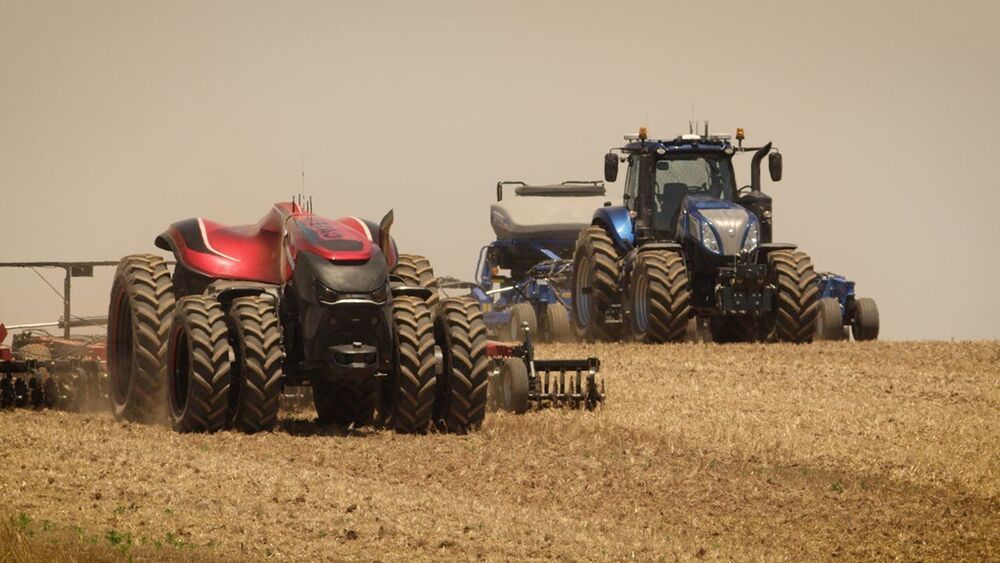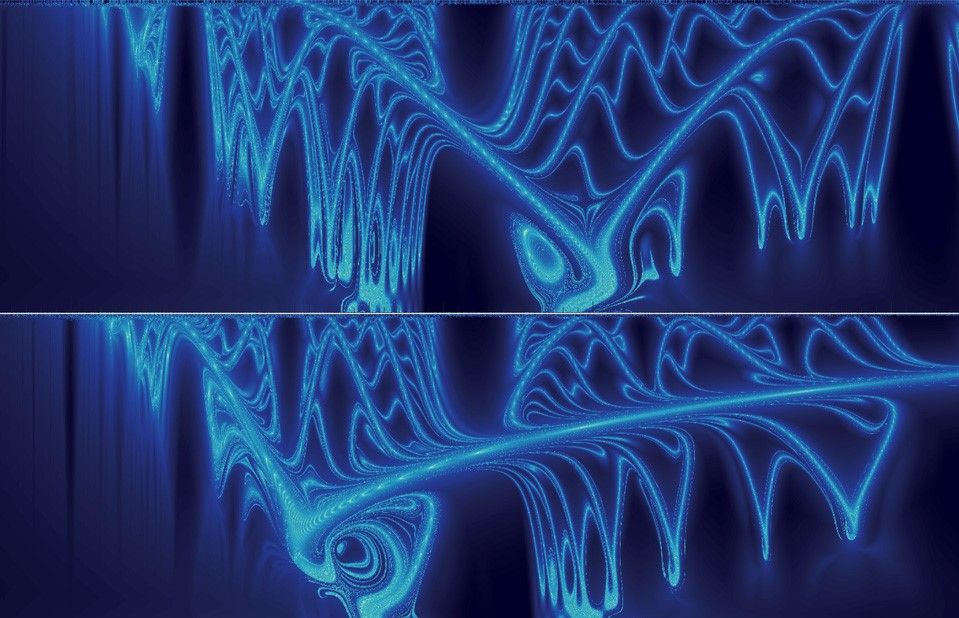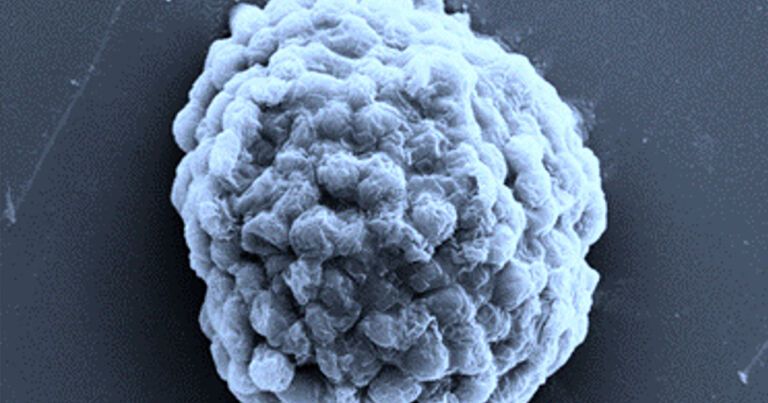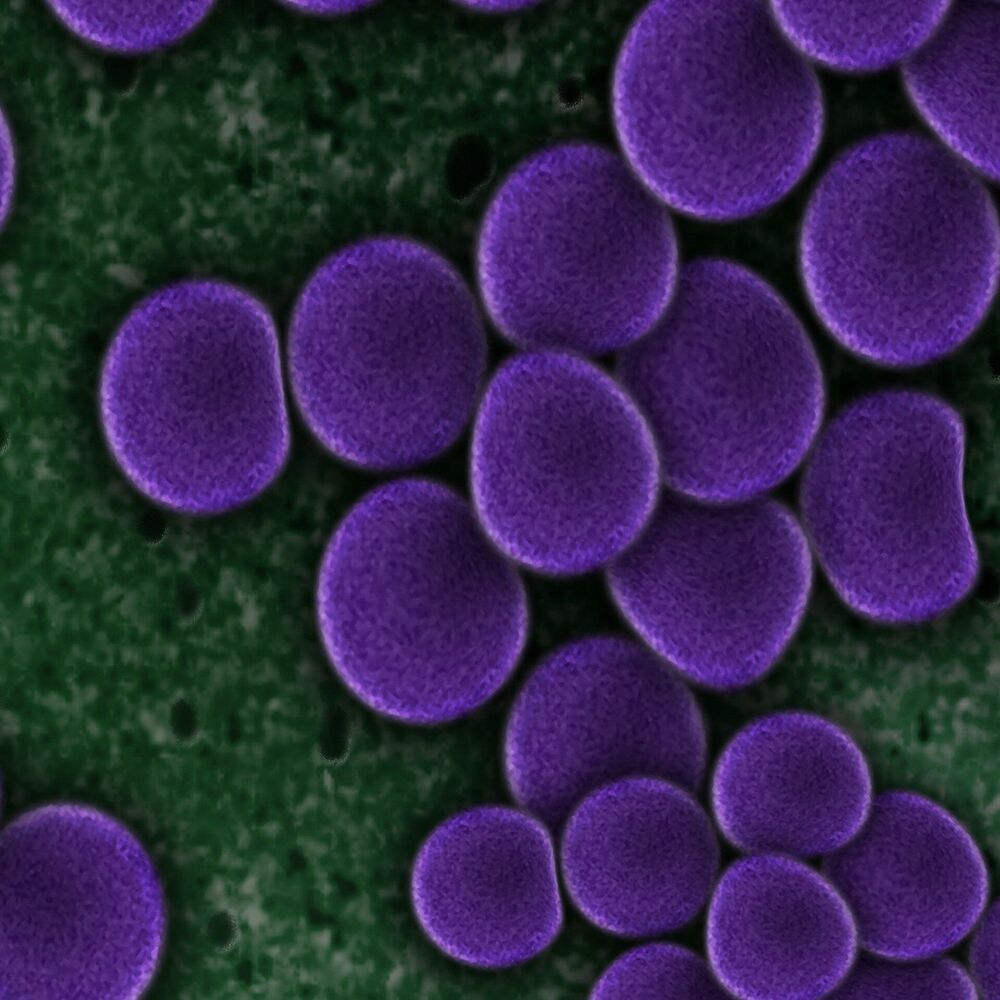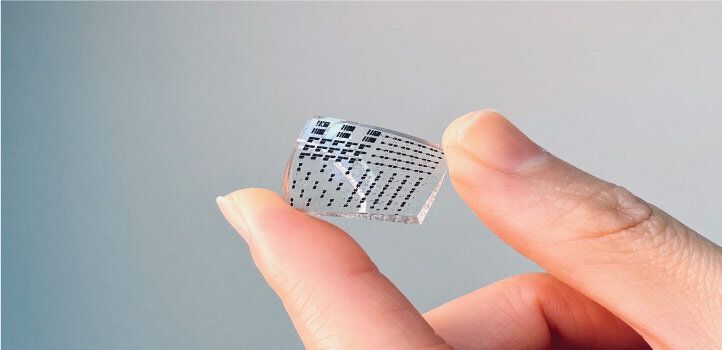Page 5857
Nov 28, 2020
Assassination of top Iran weapons scientist dims hopes for nuclear diplomacy
Posted by Quinn Sena in category: futurism
Nov 28, 2020
Privacy campaigner flags concerns about Microsoft’s creepy Productivity Score
Posted by Raphael Ramos in category: privacy

It seems not everyone is happy about Microsoft’s productivity measuring tool. 😃
Watching, always watching.
Nov 28, 2020
Can lab-grown meat replace the real one?
Posted by Raphael Ramos in categories: engineering, food
A video on lab grown meat. Meat grown from cells taken from animals. 😃
How do you like your beef, the traditional way or 3D-printed? 🍖 🤔
Find out more at https://bit.ly/39kIeCN # engineering.
Nov 28, 2020
Arches of chaos in the solar system, luxury watch has bits of Stephen Hawking’s desk
Posted by Genevieve Klien in categories: mapping, physics, space
Excerpts from the Red Folder.
If we had a “Physics paper title of the year award”, the 2020 winner would surely have to be “The arches of chaos in the solar system”, which was published this week in Science Advances by Nataša Todorović, Di Wu and Aaron Rosengren. In their paper, the trio “reveal a notable and hitherto undetected ornamental structure of manifolds, connected in a series of arches that spread from the asteroid belt to Uranus and beyond”. These manifolds are structures that arise from the gravitational interactions between the Sun and planets. They play an important role in spacecraft navigation and also explain the erratic nature of comets.
The paper is beautifully written, describing the manifolds as “a true celestial autobahn,” and going on to say that they “enable ‘Le Petit Prince’ grand tour of the solar system”. And if that has not piqued your curiosity, the figures are wonderful as well – with the above image being “Jovian-minimum-distance maps for the Greek and Trojan orbital configurations”.
Nov 28, 2020
Scientists Create Living Factories That Churn Out Hydrogen Fuel
Posted by Raphael Ramos in category: sustainability
Nov 28, 2020
Gut microbes: The key to normal sleep
Posted by Paul M. Vittay in categories: biotech/medical, food, information science, neuroscience
With fall and winter holidays coming up, many will be pondering the relationship between food and sleep. Researchers led by Professor Masashi Yanagisawa at the University of Tsukuba in Japan hope they can focus people on the important middlemen in the equation: bacterial microbes in the gut. Their detailed study in mice revealed the extent to which bacteria can change the environment and contents of the intestines, which ultimately impacts behaviors like sleep.
The experiment itself was fairly simple. The researchers gave a group of mice a powerful cocktail of antibiotics for four weeks, which depleted them of intestinal microorganisms. Then, they compared intestinal contents between these mice and control mice who had the same diet. Digestion breaks food down into bits and pieces called metabolites. The research team found significant differences between metabolites in the microbiota-depleted mice and the control mice. As Professor Yanagisawa explains, “we found more than 200 metabolite differences between mouse groups. About 60 normal metabolites were missing in the microbiota-depleted mice, and the others differed in the amount, some more and some less than in the control mice.”
The team next set out to determine what these metabolites normally do. Using metabolome set enrichment analysis, they found that the biological pathways most affected by the antibiotic treatment were those involved in making neurotransmitters, the molecules that cells in the brain use to communicate with each other. For example, the tryptophan–serotonin pathway was almost totally shut down; the microbiota-depleted mice had more tryptophan than controls, but almost zero serotonin. This shows that without important gut microbes, the mice could not make any serotonin from the tryptophan they were eating. The team also found that the mice were deficient in vitamin B6 metabolites, which accelerate production of the neurotransmitters serotonin and dopamine.
Nov 27, 2020
Electronic skin has a strong future stretching ahead
Posted by Saúl Morales Rodriguéz in categories: biotech/medical, cyborgs, nanotechnology, robotics/AI
A material that mimics human skin in strength, stretchability and sensitivity could be used to collect biological data in real time. Electronic skin, or e-skin, may play an important role in next-generation prosthetics, personalized medicine, soft robotics and artificial intelligence.
“The ideal e-skin will mimic the many natural functions of human skin, such as sensing temperature and touch, accurately and in real time,” says KAUST postdoc Yichen Cai. However, making suitably flexible electronics that can perform such delicate tasks while also enduring the bumps and scrapes of everyday life is challenging, and each material involved must be carefully engineered.
Most e-skins are made by layering an active nanomaterial (the sensor) on a stretchy surface that attaches to human skin. However, the connection between these layers is often too weak, which reduces the durability and sensitivity of the material; alternatively, if it is too strong, flexibility becomes limited, making it more likely to crack and break the circuit.
Nov 27, 2020
David Sinclair — Aging Can Be Cured
Posted by John Davies in categories: biotech/medical, genetics, life extension
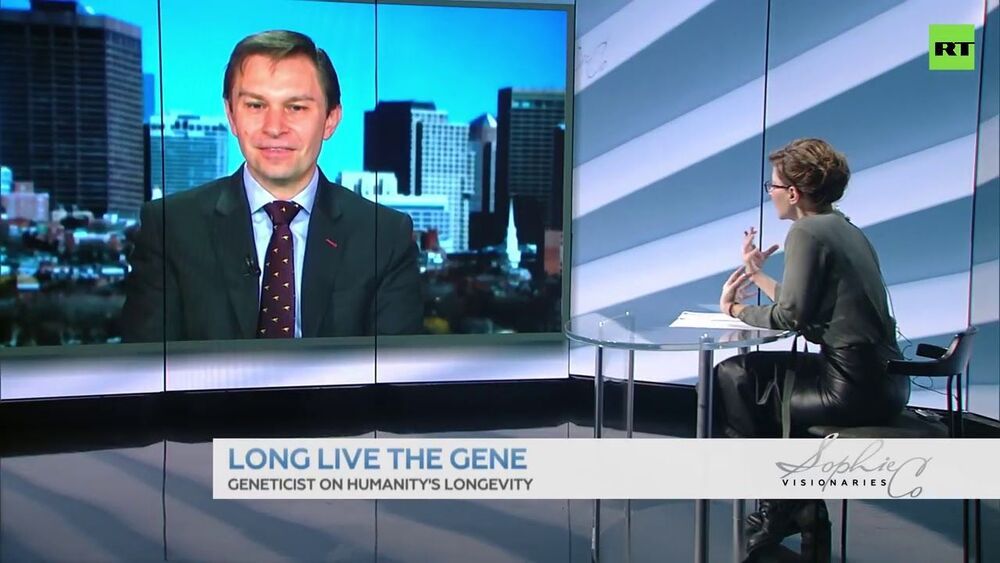
https://www.youtube.com/watch?v=12YKjOnxrxI
Original Video ► https://www.youtube.com/watch?v=W_23474cHLg&ab_channel=RT
This channel will never be monetized.
Paypal ► https://goo.gl/ciSpg1
Nov 27, 2020
AI system finds, moves items in constricted regions
Posted by Saúl Morales Rodriguéz in categories: food, policy, robotics/AI
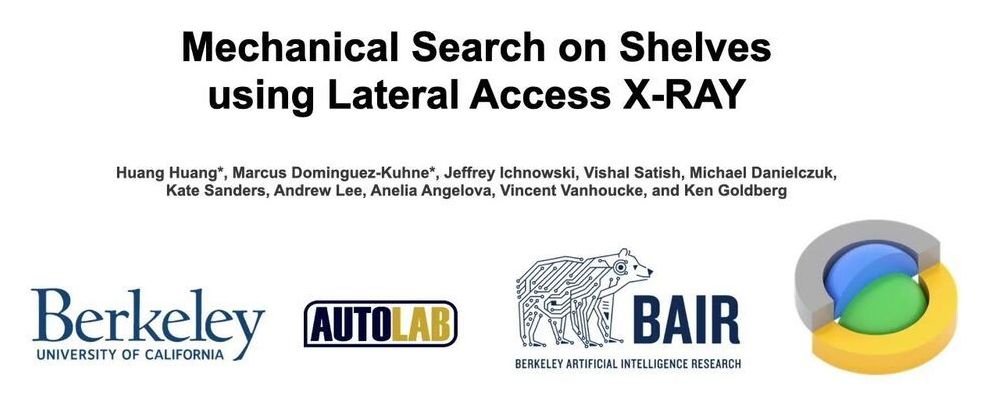
Artificial intelligence is being applied to virtually every aspect of our work and recreational lives. From determining calculations for the construction of towering skyscrapers to designing and building cruise ships the size of football fields, AI is increasingly playing a key role in the most massive projects.
But sometimes, all we want to do is move a can of beans.
Continue reading “AI system finds, moves items in constricted regions” »
